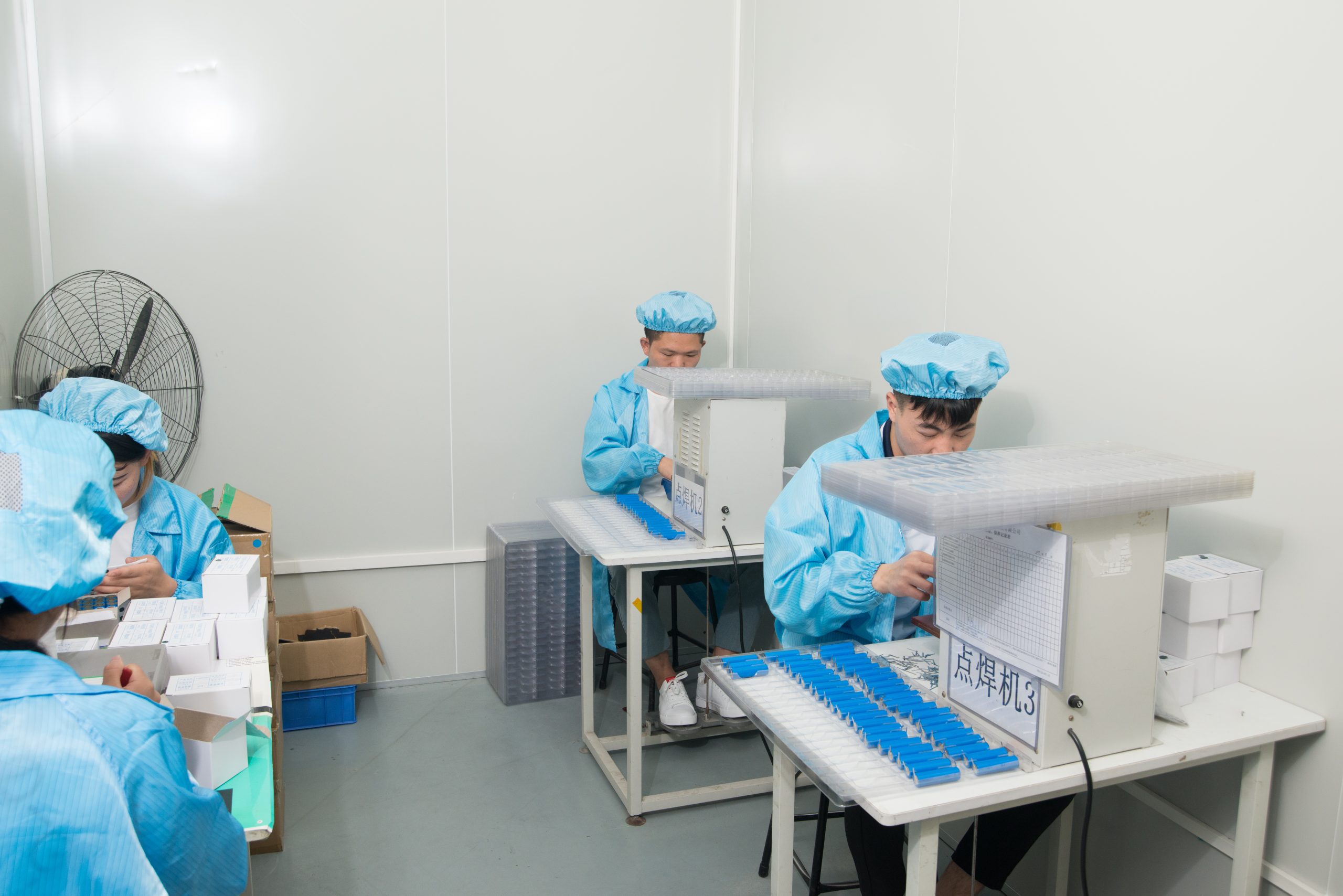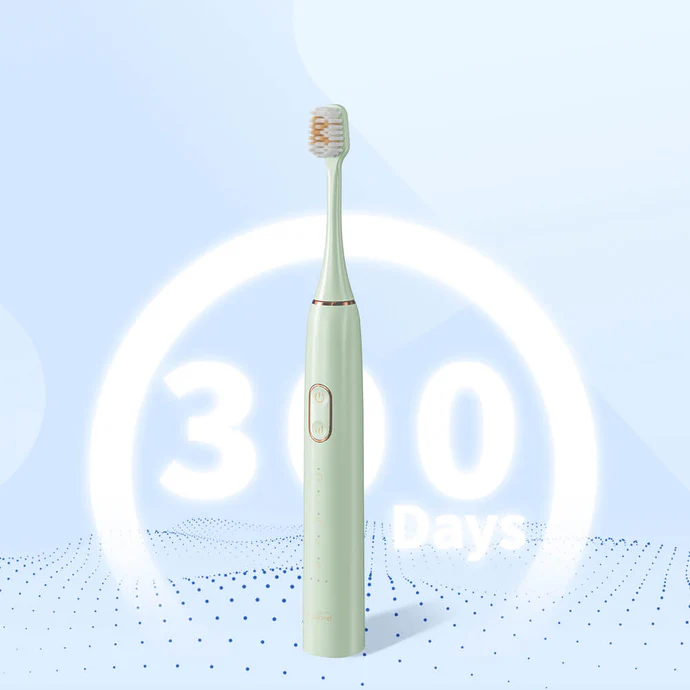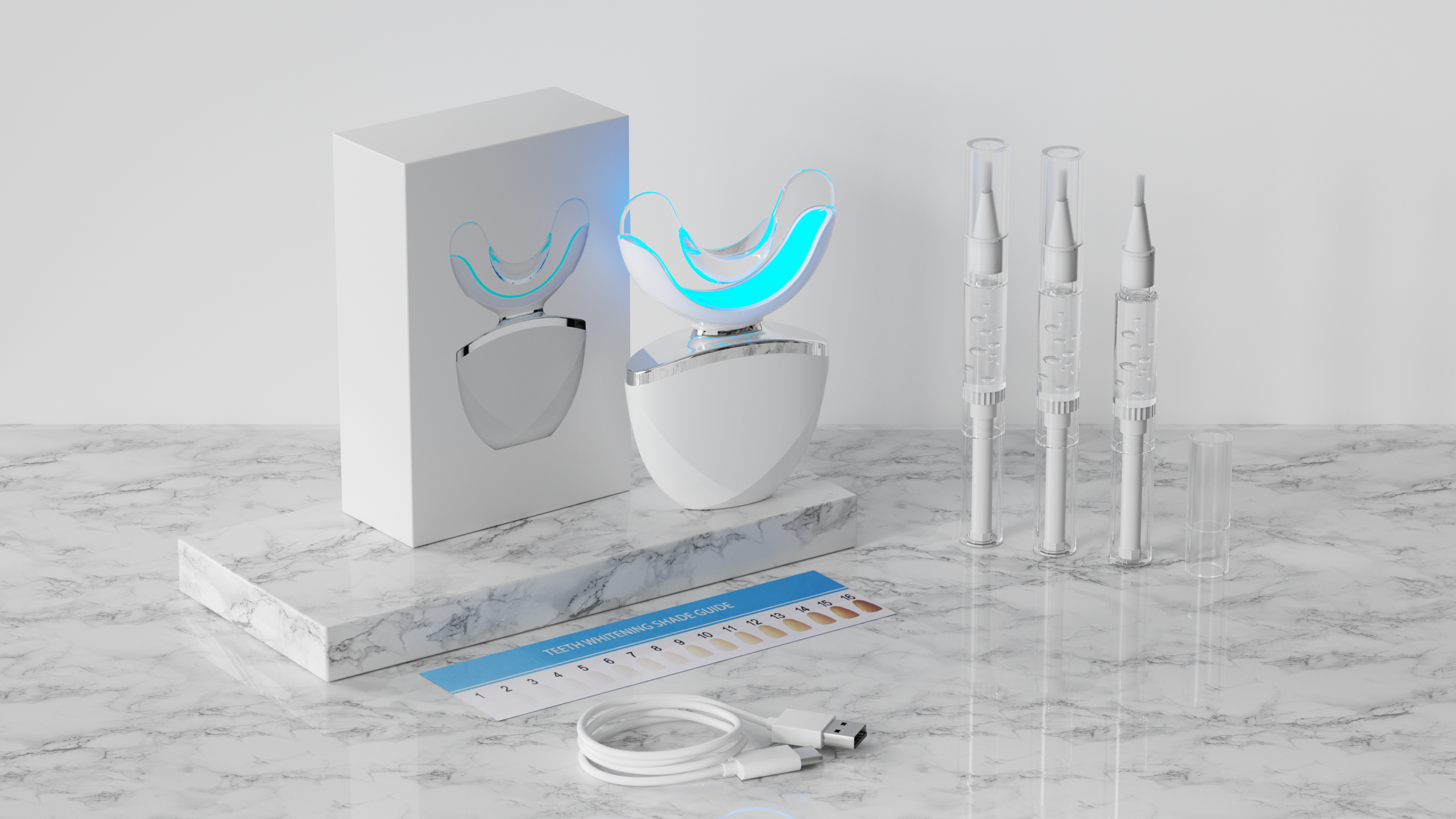In an era of increasingly compact and high-performance devices, adapter overheating has quietly become a recurring issue in many B2B-manufactured home care appliances. Unexpectedly, a growing number of users report sinus discomfort—such as facial pressure, dryness, or even mild inflammation—after prolonged device use. Could the heat generated by a poorly designed power adapter be contributing to this physical symptom? In this article, we explore how adapter thermal behavior may influence user experience, and what manufacturers can do to prevent possible health and safety concerns.
Adapter overheating generally results from inefficient energy conversion, poor ventilation, or under-specified components that can’t handle real-world voltage demands. In compact devices like water flossers, beauty steamers, or ultrasonic brushes, adapters are often housed near operating areas—sometimes even embedded within handheld units. When these adapters are not properly managed thermally, they can reach temperatures exceeding 50–60°C, radiating heat toward the user’s face and nasal region. Prolonged exposure, especially during daily use, may cause unexpected discomfort.
Sinus discomfort is typically associated with exposure to dry heat, temperature imbalance, or environmental irritants. In the context of personal care electronics, if an adapter heats up near the facial region, it may:
These symptoms are subtle but real, and for some users—especially those with allergic rhinitis or sinusitis—they can become deal-breakers.
One of the leading causes of external adapter overheating is poor material selection in the housing or enclosure. Certain plastics or poorly ventilated casings trap heat, exacerbating surface temperature rise. To mitigate this:
By reducing surface temperatures and controlling heat flow direction, manufacturers can prevent unintended heat exposure to users’ sinus areas. Company web:https://www.powsmart.com/product/electric-toothbrush/
Overheating issues can often be traced back to insufficient testing or lack of adherence to updated global electrical standards. Many OEM/ODM manufacturers focus on CE/FCC certification but overlook real-world thermal load simulations. A comprehensive approach should include:
This level of detail ensures that adapter overheating is not just “technically acceptable” but truly safe for everyday human interaction.
Modern adapters can benefit from smart power ICs that dynamically regulate current flow, reducing peak thermal loads. Manufacturers may also consider:
These features not only extend product longevity but also prevent the kind of continuous localized warming that can lead to sinus discomfort over time.
Addressing adapter overheating is not just an engineering issue—it’s a brand trust issue. Manufacturers can:
These small steps communicate proactive safety thinking and demonstrate empathy for the user—especially important for products in close facial proximity.
While adapter overheating may not immediately appear hazardous, its indirect effects—such as sinus discomfort—can negatively impact long-term product satisfaction and user health. For B2B manufacturers producing high-contact personal care electronics, thermal management must go beyond electrical compliance and consider human biological response. By optimizing adapter design, materials, and smart power regulation, you can not only enhance device safety but also win lasting confidence from your downstream clients and end-users alike. Contact us
.jpg)
.jpg)
Food-Grade Materials Solve Gum Irritation?
.jpg)
Can’t the AI-powered brushing experience of Oral-B iO Series 9 completely revolutionize your daily care routine?
NY Dental Recommended Toothbrushes: Trusted Quality from Factory to You
.jpg)
Benefits of Travel-Friendly Water Flosser Design
.jpg)
How the Quadpacer Timer helps you achieve balanced cleaning
.jpg)
Can the right oral care products prevent pain this National Toothache Day?
Are App Pairing Failures Linked to Timer Sync Issues?

Best Electric Toothbrush for Baby Teeth Protection – OEM Services
.jpg)
How can a wedding guest brush be a Texas culture brush masterpiece?
Durable Electric Toothbrush for Texas Ranchers
Why Should Restricted Users Avoid Stain Residuals?

Analysis of the Whole Process of Water Flosser Manufacturing and Production: How Do Professional Manufacturers Ensure High Efficiency and Quality?

How can toothbrush design increase toothpaste foam generation to enhance the cleaning experience?

Sales-Boosting Strategies for Oral Care Brands
.jpg)
How an Oscillating-Rotating electric toothbrush removes plaque more efficiently

Electric toothbrushes: Eco-friendly and sustainable oral care

Customization Teeth Whitening Gel

electric toothbrush heads Regular Clean
.jpg)
Florida Electric Toothbrush – Powsmart PTR-C8

electric toothbrush heads Deep Clean

electric toothbrush heads Charcoal Infuse-Round

Electric toothbrush heads Charcoal Infused-Diamond

electric toothbrush heads Ultra Soft

Private Label Whitening Gel
whstapp
whstapp
National Toll-Free Service Hotline
+86 755 86238638